Summary
The pond is known for its abundant population of largemouth bass, which can be caught throughout the year. Other prevalent fish species in the pond include bluegill, catfish, and crappie.
In addition to fishing, visitors to Bluebird Pond can also enjoy hiking, camping, and picnicking in the surrounding area. The pond is located near several state parks and wildlife areas, providing ample opportunities for outdoor recreation.
When fishing at Bluebird Pond, it is recommended to use live bait such as worms, minnows, or crickets to attract the fish. Additionally, anglers should fish near structures such as logs, rocks, or weed beds where fish are likely to hide.
The best time of year to visit Bluebird Pond is during the spring and fall months when the weather is mild and the fish are most active. The average temperature during the spring months (March to May) is between 50-75 degrees Fahrenheit, while the average temperature during the fall months (September to November) is between 60-80 degrees Fahrenheit.
Overall, Bluebird Pond is a great destination for anglers looking to catch a variety of fish species and enjoy the natural beauty of South Carolina.
Weather Forecast
Nearby Streamflow Levels
 Santee River Nr Jamestown
Santee River Nr Jamestown
|
1200cfs |
 Back River At Dupont Intake Nr Kittredge
Back River At Dupont Intake Nr Kittredge
|
3960cfs |
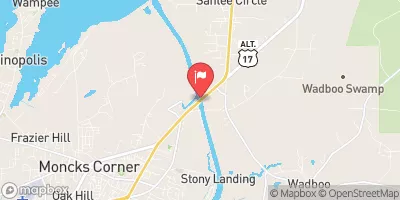 Lake Moultrie Tailrace Canal At Moncks Corner
Lake Moultrie Tailrace Canal At Moncks Corner
|
15700cfs |
 Turkey Creek Near Maryville
Turkey Creek Near Maryville
|
1cfs |
 Santee River Near Pineville
Santee River Near Pineville
|
707cfs |
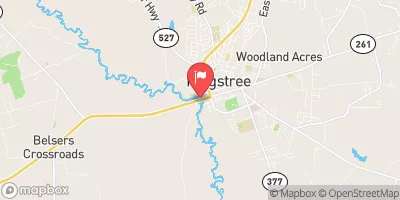 Black River At Kingstree
Black River At Kingstree
|
379cfs |
Angling Safety Guidelines
Check local fishing rules, seasons, size limits, and license requirements to ensure legal and sustainable angling.
Handle Fish Responsibly
Use wet hands, minimize air exposure, and release fish gently to improve survival rates when practicing catch-and-release.
Choose the Right Gear
Match your rod, line, and tackle to the species and conditions to increase success and reduce unnecessary harm to fish.
Respect the Waterway
Avoid disturbing habitat, prevent bank erosion, and keep a safe distance from spawning areas to protect ecosystems.
Keep It Clean
Pack out all line, hooks, bait containers, and trash—discarded gear can injure wildlife and degrade waterways.
Related Links
Area Campgrounds
| Location | Reservations | Toilets |
|---|---|---|
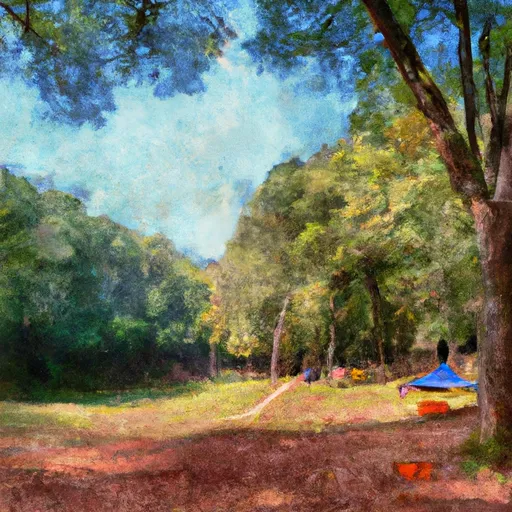 Honey Hill Recreation Area
Honey Hill Recreation Area
|
||
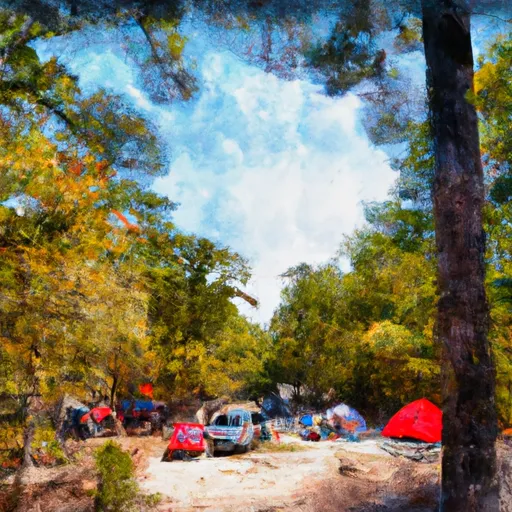 Honey Hill
Honey Hill
|
||
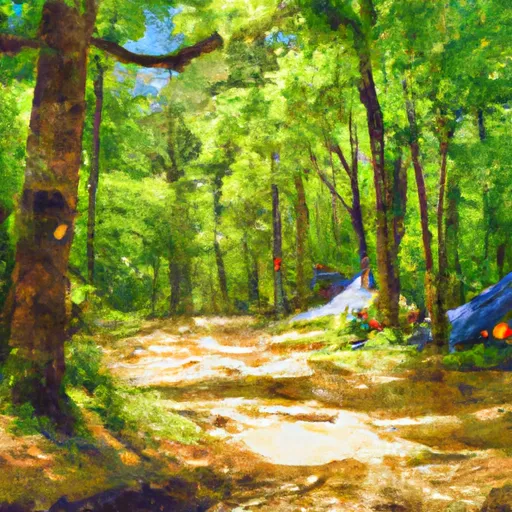 Halfway Creek Trail Camp
Halfway Creek Trail Camp
|
||
 Buckhall
Buckhall
|
||
 Buck Hall Recreation Area
Buck Hall Recreation Area
|
||
 Guilliard Lake
Guilliard Lake
|

 New Hope Pond
New Hope Pond
 Windom Corner Pond
Windom Corner Pond
 Twin Ponds
Twin Ponds
 Old Georgetown Road Pond
Old Georgetown Road Pond
 Co-op Pond
Co-op Pond
 Radford Bates Dam
Radford Bates Dam
 Forest Service Road 211-B, McClellanville
Forest Service Road 211-B, McClellanville
 Wilderness Wambaw Creek
Wilderness Wambaw Creek
 Wilderness Little Wambaw Swamp
Wilderness Little Wambaw Swamp
 Wilderness Hell Hole Bay
Wilderness Hell Hole Bay
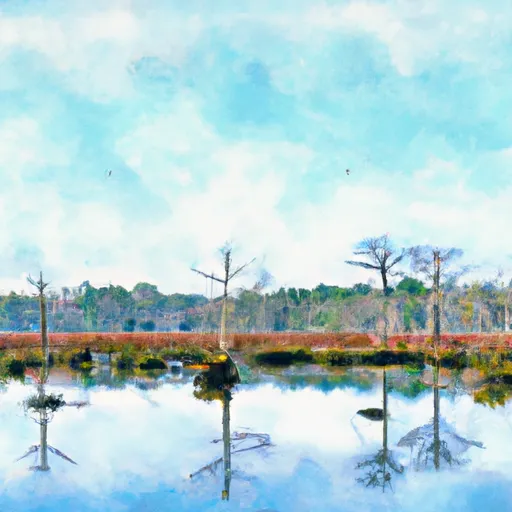 National Wildlife Refuge Francis Marion
National Wildlife Refuge Francis Marion
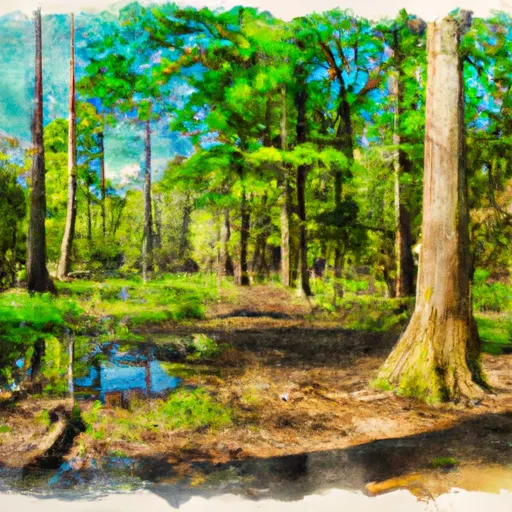 Francis Marion National Forest Huger Recreation Area
Francis Marion National Forest Huger Recreation Area